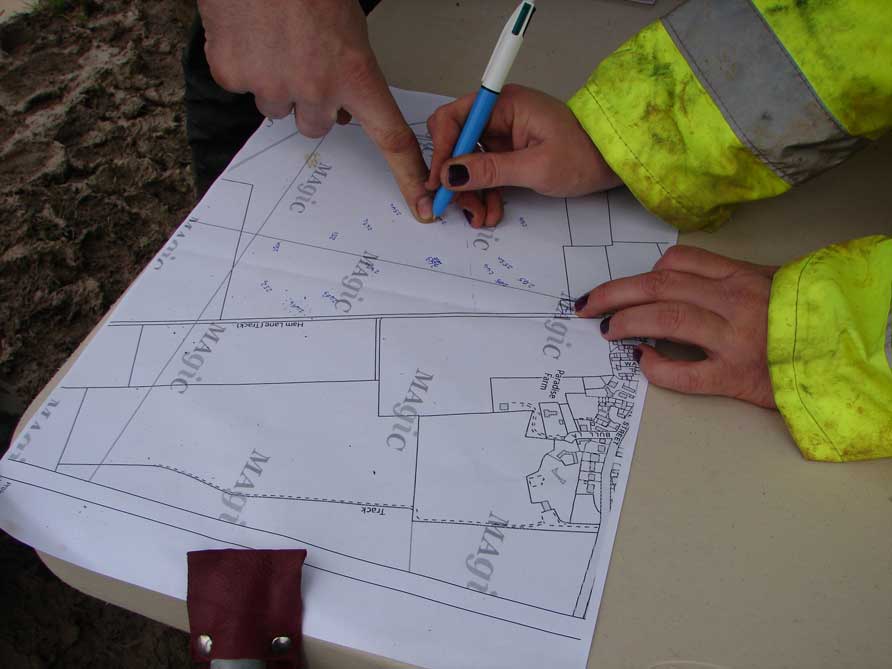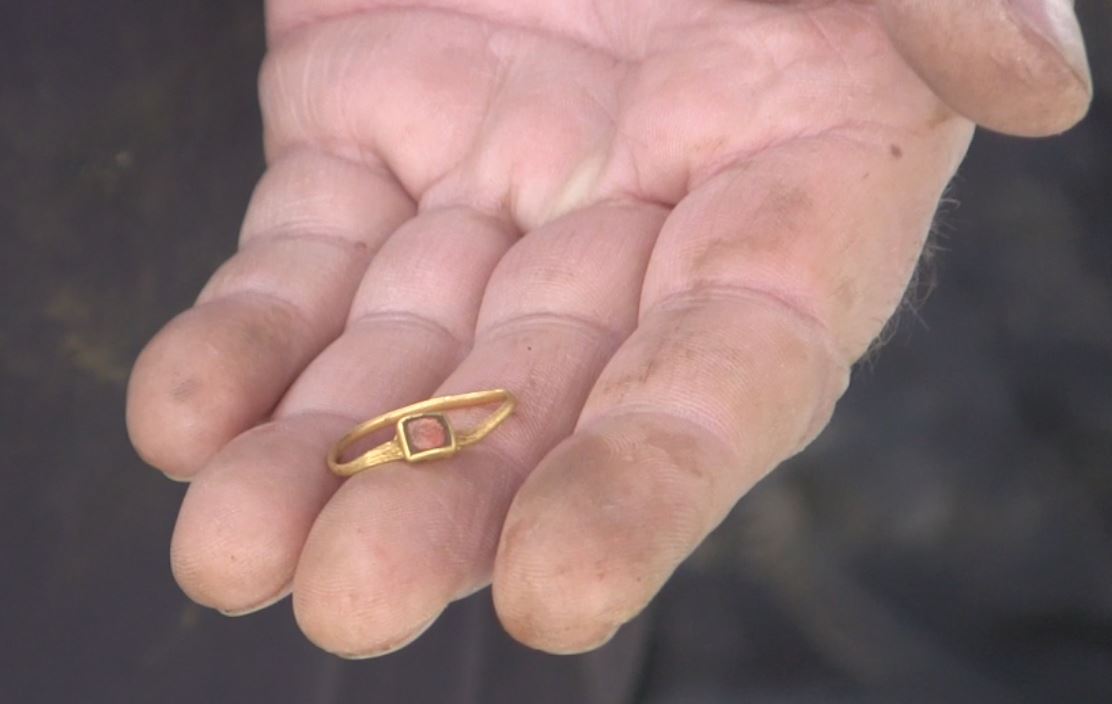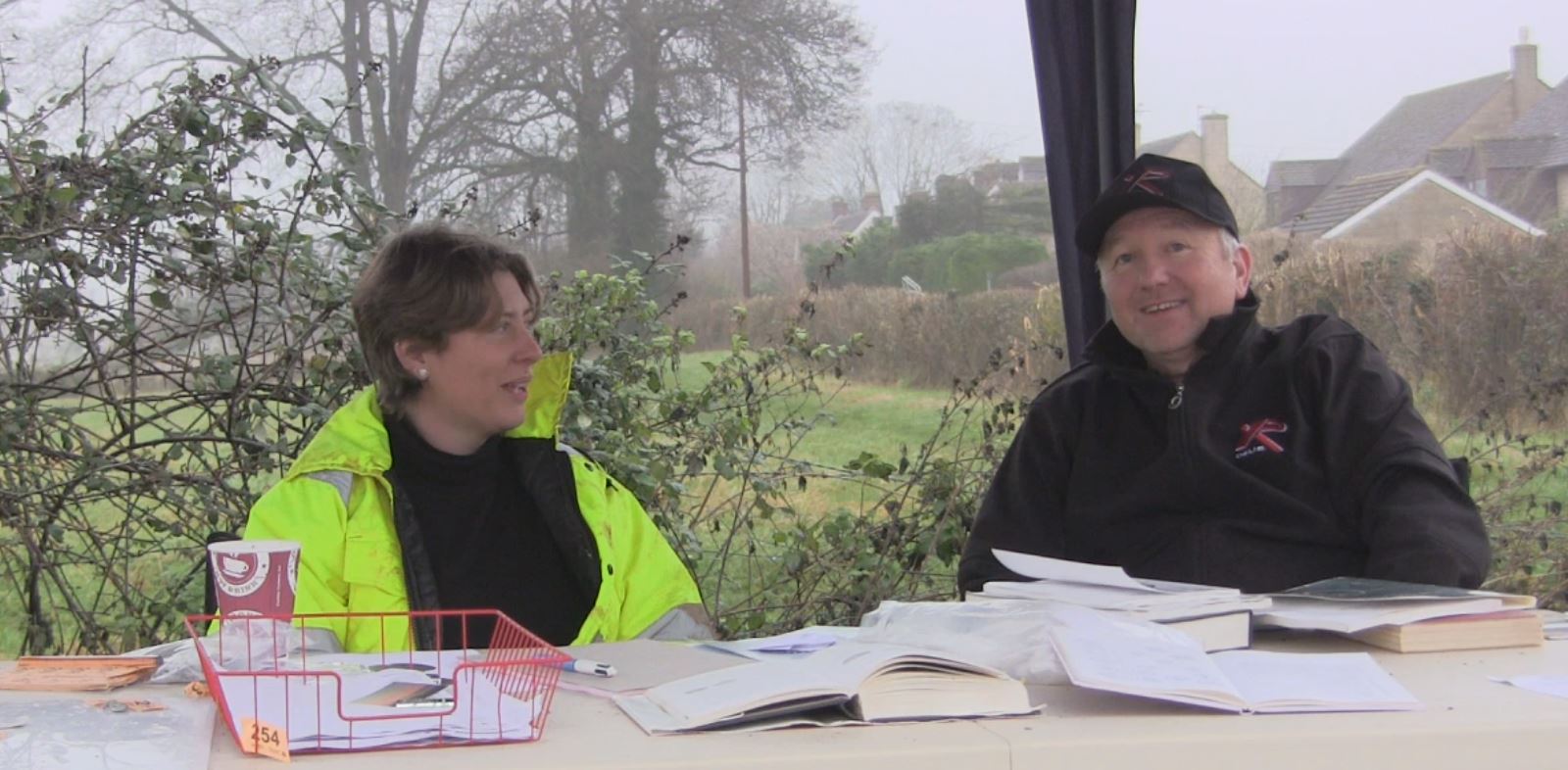|
Please drop into the XP Deus Classroom
http://xp-detectors.co.uk/
for the latest XP talk.
Like most responsible detectorists I like to make sure my dig holes are filled
in 100%...well it’s a part of being a responsible detectorist isn’t it.
Also another think is to make sure you record your finds. A lot of people are
not sure what is treasure and what is not treasure…what should be recorded and
what shouldn’t.

I managed to catch up with Anni Byard from the Oxfordshire FLO, that’s the Finds
Liaison Officer, she works for the portable antiquities scheme, they are in
charge of recording finds and identification.
We were on a Metal Detectives and XP Adventures dig, I wanted to catch up
and have a quick talk with her and ask some questions about the treasure act and
recording our finds.

What is the treasure act
and how do metal detectorists follow it.
The
treasure act came in in 1996, it replaced the old treasure trove laws, there are
3 main criteria which constitutes treasure.
The easiest one is …any object that is Gold or Silver or over 10% Gold or Silver
by weight and is more than 300 years old.
For coins it is a little different, 2 or more Silver or Gold coins from the same
find spot could also be classed as treasure.
Pre historic objects that are pre- Roman / Iron age or before… Any object of any
metal will automatically be treasure.
On that particular day she was very busy, 78 people
attended the dig…68 finds were recorded, now that’s a fantastic conversion, so
anyway here is the interview with Anni I hope you enjoy it.

Recording your metal detecting finds with the FLO
|